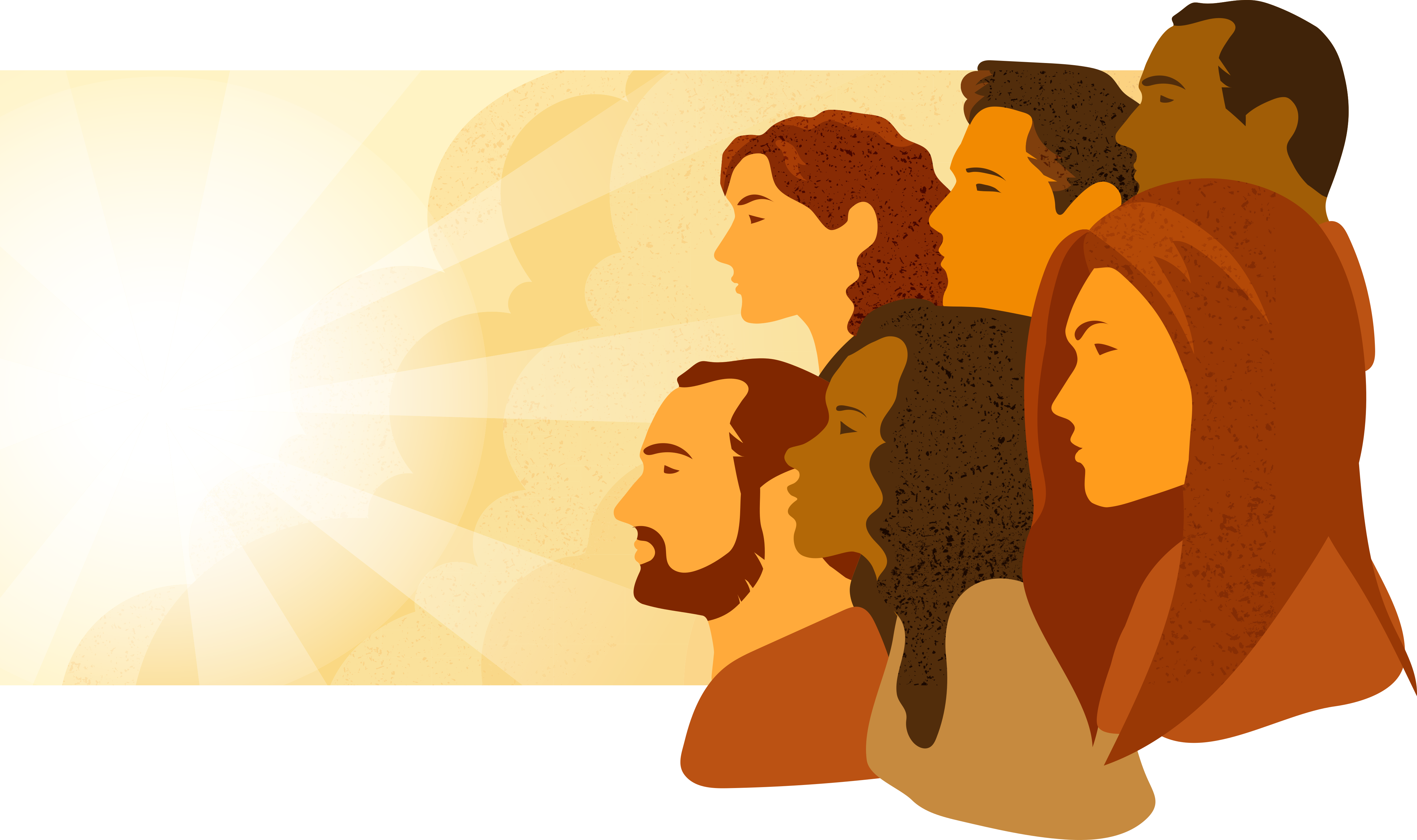We brought 10 people together to investigate what holds us back from climate action and what ways around it there are. In a nutshell, we covered all the facets of society that makes modern life so incompatible with climate action. We agreed on the need to promote social behaviours whose scarcity causes those incompatibilities, mostly around communication – whether citizen-to-citizen, citizen-to-business or citizen-to-government.
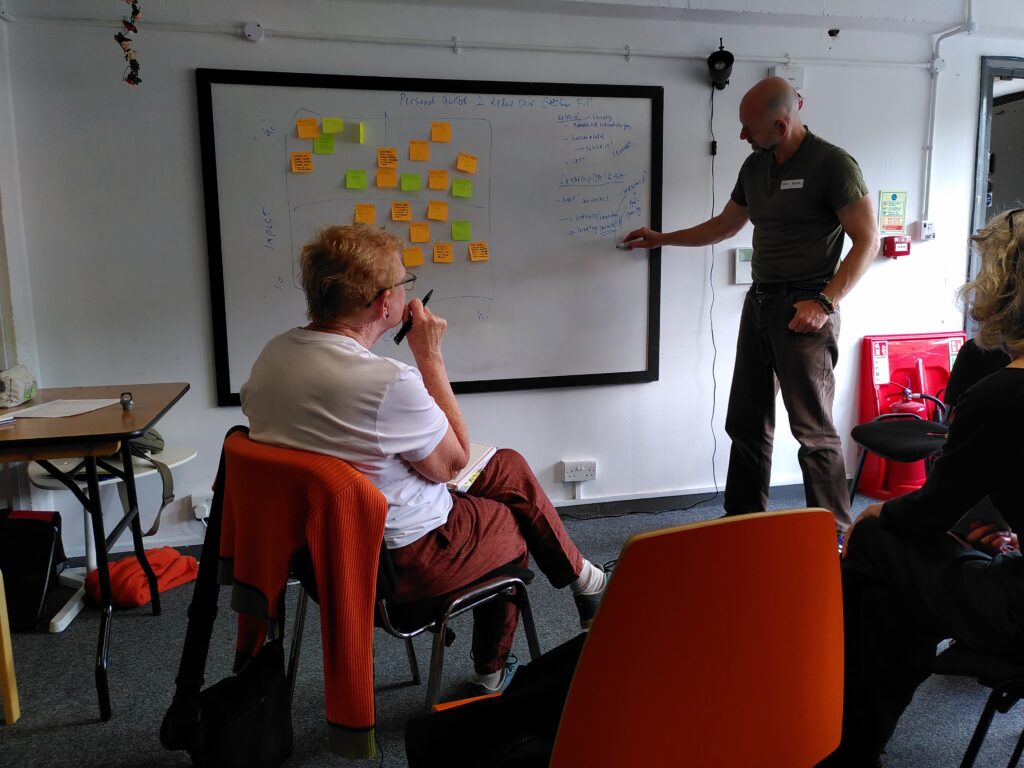
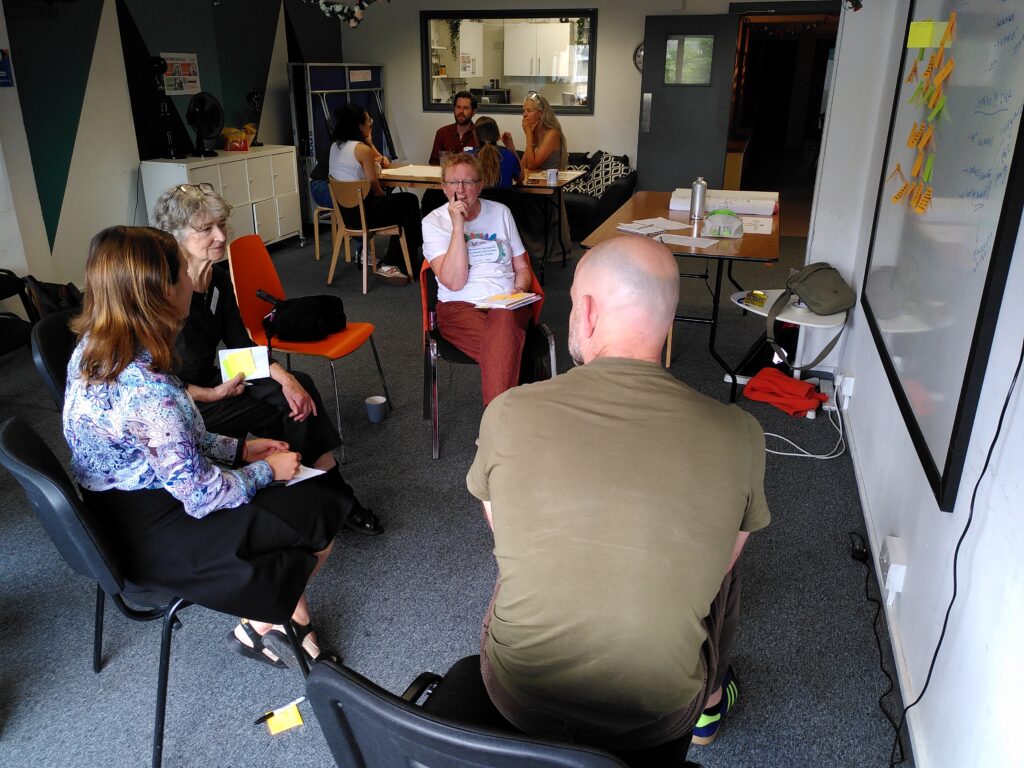
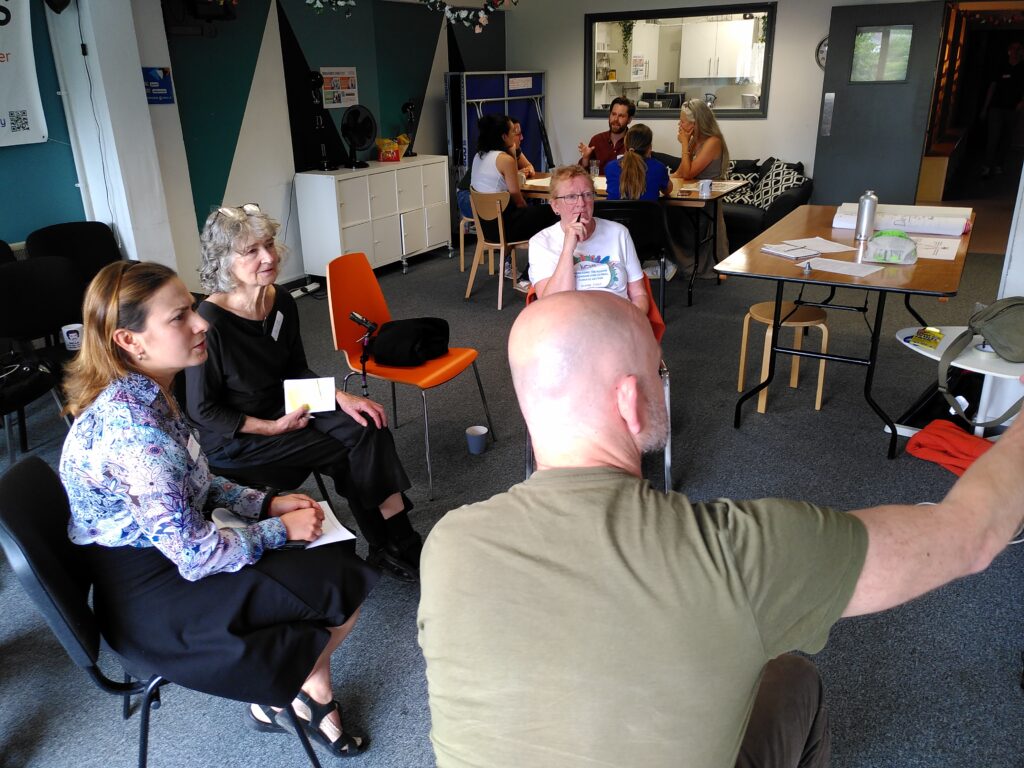
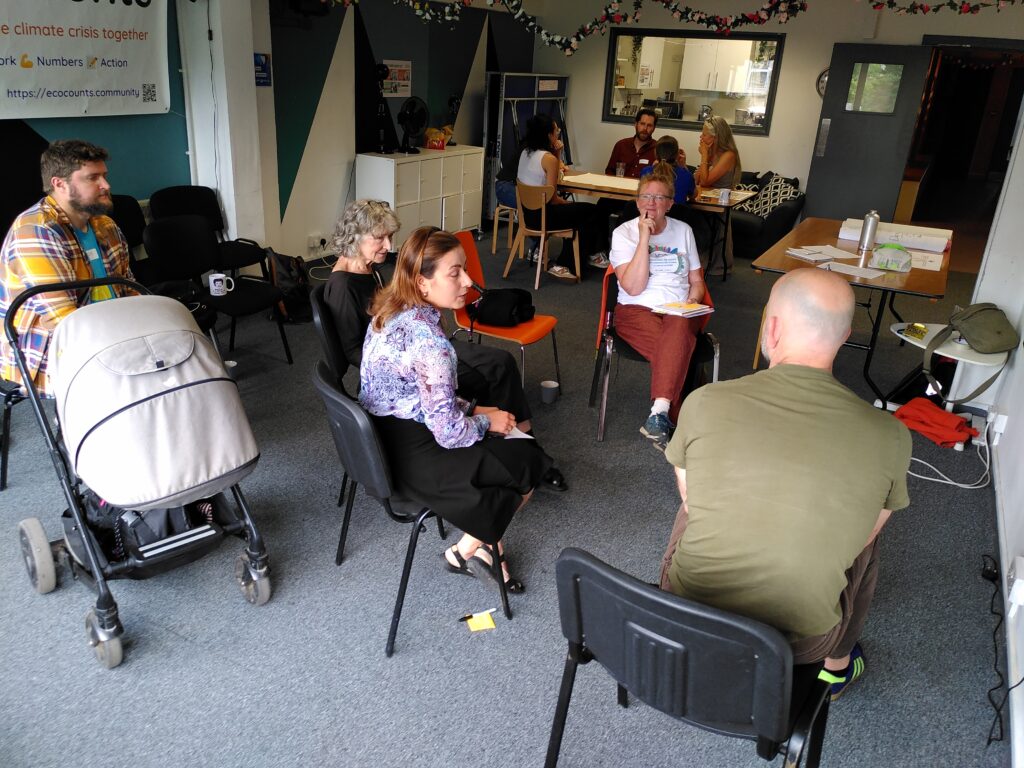
What we at EcoCounts have to do now is take those suggestions, proposals and examples and work out how we can implement any of them in the context of our eco-footprint group. We have filmed the whole thing so nothing will be missed. When the video is ready it will go up on youtube.
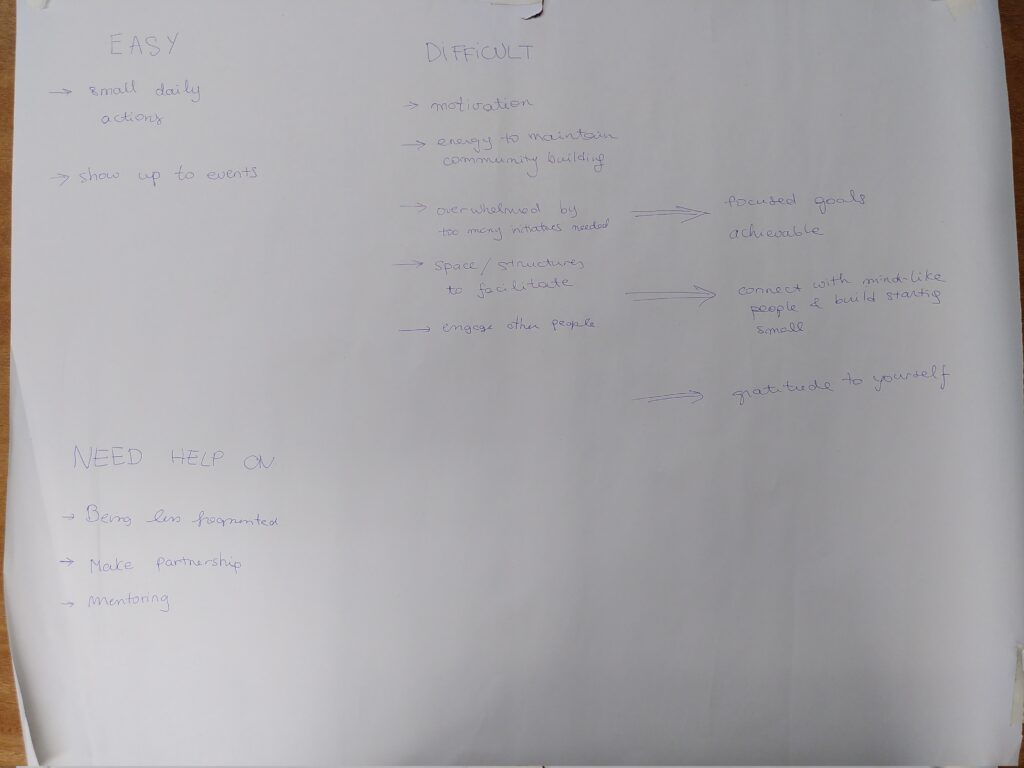
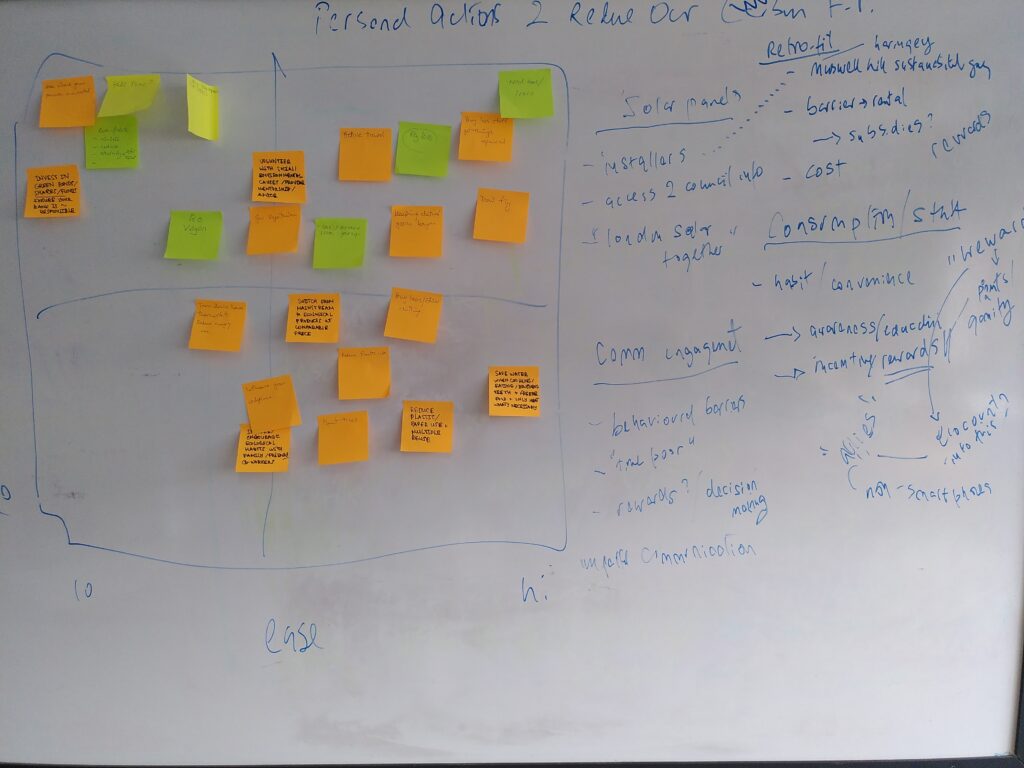
Resources
Influenced emissions is the wider term for the handprint as opposed to the footprint. For the comms / advertising industry see here: Advertised Emissions — Purpose Disruptors
In 2006 BP launched its carbon footprint advertising campaign to help people wean themselves off their CO2 emissions, which was pretty cynical considering that even a homeless person (in America) has a carbon footprint of 8.5 tonnes p.a.! However they sold a load of carbon offsets and successfully deflected the blame, and probably made a lot of people despair of the chance of solving climate change. New York Times article.
Here’s a newspaper article which gives some info about the personal carbon trading schemes which were trialled in Lahti, Finland, and Norfolk Island, Australia – BBC Futures. Here’s an article I wrote based on information a presentation the Lahti team did while their programme was still running – Lahti, Finland – Carbon Rationing in Action
Part of London Climate Action Week #LCAW2023

